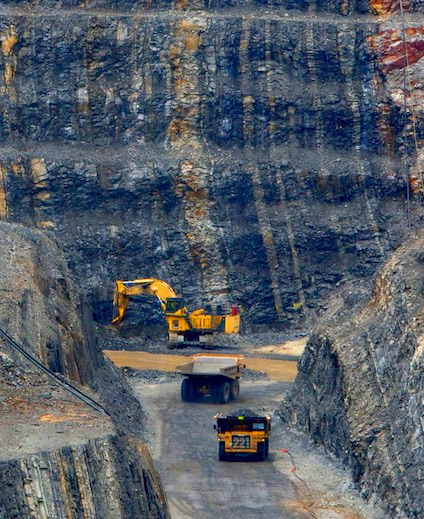McArthur case hears claims
 Traditional owners are pursuing “no less than” $225 million in compensation over the Northern Territory's largest zinc and lead mine.
Traditional owners are pursuing “no less than” $225 million in compensation over the Northern Territory's largest zinc and lead mine.
In a groundbreaking trial held in the Federal Court in Darwin, lawyers from the Northern Land Council (NLC) representing Gudanji, Yanyuwa, and Yanyuwa-Marra traditional owners have presented their final submissions against the NT government.
The lawsuit covers damages related to the McArthur River Mine and a nearby port near Borroloola, about 970 kilometres southeast of Darwin along the Gulf of Carpentaria.
During a recent three-day hearing, the traditional owners sought a minimum of $225 million in compensation for cultural loss, with additional compensation for economic loss yet to be determined.
Sturt Glacken KC, representing the traditional owners, justified the figure by referencing a 2019 High Court decision awarding Timber Creek traditional owners $2.5 million for spiritual harm.
Glacken argued that the cultural significance and extent of damage to the McArthur River area warranted the substantial compensation sought.
The mine, established in 1992 through an agreement between the NT government and Mount Isa Mines, faced legal challenges in 2007 when native title holders contested the shift from underground to open-cut mining.
The court heard accounts of social upheaval and cultural loss resulting from the mine's expansion, with Jack Green, a Garawa man, testifying to the impact on his people.
Green expressed how moving the river and altering the landscape had taken away the spirit from the country, emphasising its significance to future generations.
The NT Government acknowledged liability for up to $10 million for land acquisition in 2006.
However, government lawyers argued that mineral and cultural values should not influence the compensation awarded by the court.
Damian O'Leary SC, representing the NT government, cited a long history of pastoral and mining development in the region, contending that the claimants' native title rights were impacted before the mine's operation.
O'Leary acknowledged a loss of cultural heritage within the mine's footprint but asserted that the full extent of this loss might not be permanent. He highlighted the potential for amelioration when mining activities cease at the end of leases in 2043.
The court is expected to deliver its decision by the end of 2024.








 Print
Print